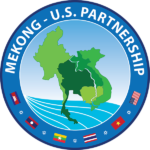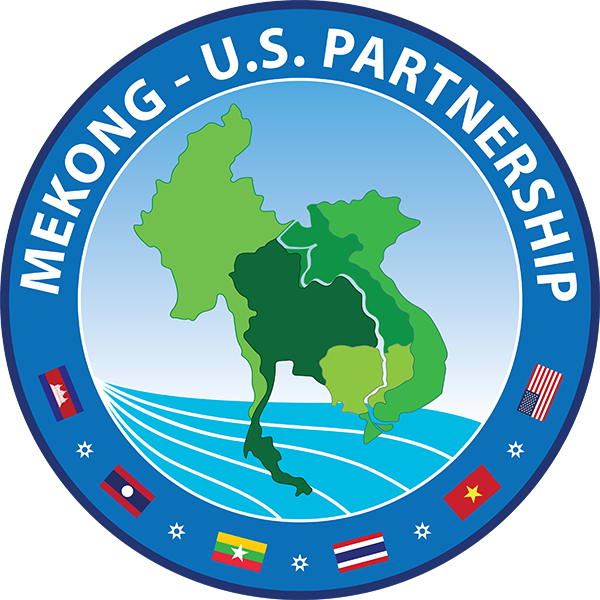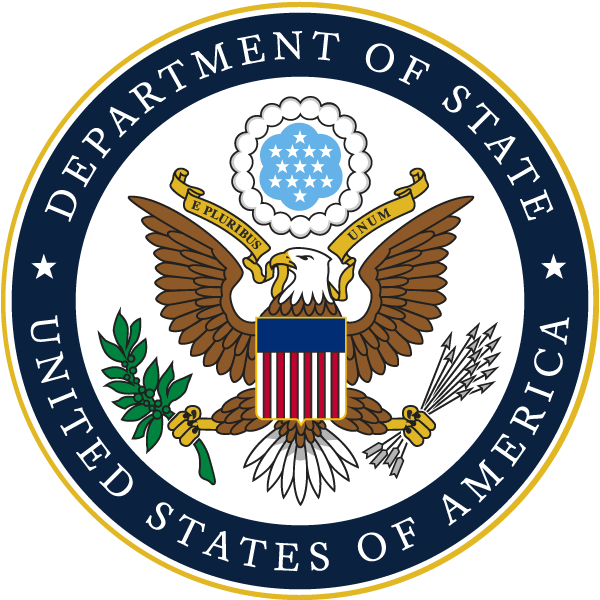Bangkok, 26 June 2013 – China's H7N9 avian flu outbreak and its implications for ASEAN and SAARC countries were the focus of a two day meeting in Bangkok, Thailand from 24-25 June, 2013. High-level representatives from Ministries of Health and Ministries of Agriculture from Bangladesh, Bhutan, Cambodia, China, Indonesia, Laos, Myanmar, Nepal, Thailand and Viet Nam met to discuss a coordinated response to H7N9 prevention and control.
This meeting is part of United States Agency for International Development (USAID)’s effort to develop responses to prevent and control H7N9. USAID is working with governments across the region, international partners, and other USG entities -e.g., Center for Disease Control (CDC), Animal and Plant Health Inspection Service (APHIS), and Armed Forces Research Institute of Medical Sciences (AFRIMS) to provide immediate training to veterinarians, diagnostic laboratories, and to build networks with universities and government counterparts to identify and mitigate risk of the disease, and detect and respond to outbreaks.
The H7N9 influenza virus is unique, as it appears not to cause any disease in poultry but has shown ability to cause severe disease in humans, challenging efforts to detect and control the virus in animals. Since March 2013, China has reported 132 laboratory confirmed human cases of H7N9influenza to the World Health Organization, of which there have been 39 deaths.
Representatives agreed that close cooperation between human and animal health authorities is critical to control this emerging virus at its source. The Food and Agriculture Organization (FAO), World Organization for Animal Health (OIE), and World Health Organization (WHO) stressed thatH7N9 represents a public health challenge linked closely to its probable source in domestic poultry. The three organizations urged countries to collaborate across sectors and disciplines under a One Health approach in order to best protect human and animal health while safeguarding livelihoods, food security, the environment and the public good.
“The ability of governments and their partners to quickly detect and respond to the H7N9 virus has been enhanced by the partnerships, platforms and knowledge-based built across Asia over the past decade, responding to serial threats posed by SARS, the H5N1 avian flu and the pandemic H1N1 flu,” said Dr. Dennis Carroll, Director of USAID’s Emerging Threats Program. “This meeting is an opportunity to highlight these partnerships and forge a united way forward.”
Source: Health Matters Newsletter RDMA/Office of Public Health
 Mekong - U.S. Partnership
Mekong - U.S. Partnership


